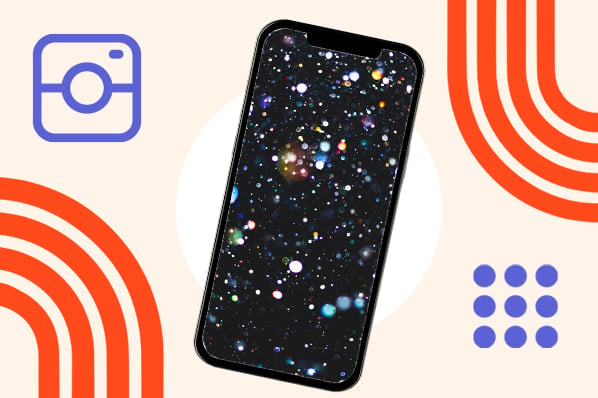AI agents for social media: How to use them right now + what you can expect in the future
I was running social media for an organization when TweetDeck hit the market. That dashboard with mentions, DMs, lists, and trends was the neatest piece of technology. I left it running in a tab 24/7 in between using it to plan our posts and stay abreast of our audience’s needs.

I was running social media for an organization when TweetDeck hit the market. That dashboard with mentions, DMs, lists, and trends was the neatest piece of technology. I left it running in a tab 24/7 in between using it to plan our posts and stay abreast of our audience’s needs.
As I look at AI and how it’s influencing marketing and social media, it hits me just how far we’ve come. AI is already changing how I think about connecting with my audiences, creating content that reaches them, and competing in an extremely crowded online space to get my message heard.
Agentic AI promises an even brighter future: an autonomous AI-powered tool that doesn’t just help you with tasks — it acts on its own within set guidelines. AI agents for social media management can watch for trends, respond to customers, and adjust your strategy on the fly.
How close are we to this future state? Let’s dive into what agentic AI looks like today and what tools are worth considering for your marketing team.
Table of Contents
- Can AI agents be used for social media?
- Why use AI agents for social media management?
- How to Use AI Agents for Social Media
- Best Social Media AI Agents
Can AI agents be used for social media?
In short? Yes. But it’s probably not in the ways you expect.
Despite the hype around agentic AI, few social media management platforms today offer true AI agents — the kind that listen, learn, and act without human approval. Right now, I’m seeing more agent-adjacent AI with powerful assistants that speed up workflows but that still require human direction.
More broadly, the bigger challenge rests on connecting agentic AI to “AI” as a concept within a business environment. AI in marketing is an exciting but developing area, and people are racing to catch up. Generative AI tools like ChatGPT, Claude, and Gemini consume most of the oxygen in the AI discussion today.
And in marketing, you’re probably already experimenting with those models or AI marketing bots to generate specific content.
Marketers are moving fast, even as executives keep analyzing AI’s value and use cases. For instance, Salesforce’s 2024 State of Marketing Report found that 68% of marketing leaders say generative AI is “critical to their overall social strategy.” Our own research supports this finding, with one in three marketers already deploying AI for content creation and data analysis.
These AI use cases have generated customer-facing benefits for some companies. For example, Lyft partnered with Anthropic (makers of Claude) to automate elements of its customer support operations. Lyft reported an 87% reduction in average customer service resolution times through all channels.
So, there is an emerging opportunity for AI agents to support social media management. But should you use them? That answer is trickier.
Agentic social media AI can handle much of social media’s grunt work, things like monitoring sentiment, answering customer questions, or even defusing minor PR flare-ups before they trend (more on that later). If you run a human-only social media operation, you might already be falling behind.
And the future will only get more agentic. Gartner predicts that by 2029, AI agents will autonomously handle at least 80% of customer service and support interactions — many of them taking place on social channels like Instagram, TikTok, and X/Twitter.
For marketers, then, it’s no longer if you should use them, but how smartly you use social media AI agents.
Why use AI agents for social media management?
Agentic AI can help social media managers with writing content, handling scheduling, and listening to customers via comments online. But AI’s power extends beyond the basics. I asked several marketing experts for some of the more interesting use cases for AI agents for social media, and here’s what they had to say.
Synthetic Audience Testing
Will your next post land well, or will it ignite a firestorm? Answering that question before hitting “Post” could save a marketer’s job — and help develop a more successful online presence.
Kevin Baragona, founder of Deep AI, says that agentic AI can help companies do that by creating what he calls “synthetic audience simulators,” or manufactured audiences where you can practice messaging.
“Before pushing a tweet or story live, AI agents can simulate responses from various persona clusters, such as ‘humor-driven Gen Z’ or ‘skeptical middle-aged professionals,’” said Baragona. “This helps content teams predict backlash, boredom, or misinterpretation in advance. Think of it as A/B testing without going live, similar to how movie studios use test audiences.”
Baragona sees this synthetic proving ground as a vital component of protecting your brand’s reputation.
“This approach allows brands to test out different types of social posts, from promotional ads to influencer collaborations, in a controlled environment before actually publishing them on social media.”
“This saves time and resources and helps brands avoid potential backlash or negative reception from real audiences. I personally believe that this strategy is crucial for brands to maintain their credibility and reputation on social media.”
Conversation Pattern Analysis
Once your posts go live, how are people reacting? Reviewing hundreds of posts on the off-chance someone is upset is too much for a human. But an AI agent? Aaron Whittaker, VP of demand generation and marketing at Thrive Digital Marketing Agency, says that’s a different story.
“I can say that AI's most powerful but overlooked application is in what we call ‘conversation pattern analysis’ — identifying subtle shifts in audience sentiment before they become obvious trends,” he said.
“While most brands use AI for content creation or scheduling, forward-thinking companies deploy it to analyze thousands of conversations simultaneously, finding emerging concerns or opportunities that would be impossible to spot manually.”
Whittaker shares that his firm’s AI tool recently detected subtle frustration patterns in a client’s customer comments — not complaints, but enough to flag rising confusion early. With a 2-3 week head start, they could respond with support and content before the issue grew.
He also sees the flip side to this power.
“The impact extends beyond crisis prevention to opportunity identification. By analyzing conversation patterns across competitor channels, we've identified underserved audience segments and content gaps that our clients could fill. This approach has helped brands develop highly targeted messaging for niche audiences that competitors were inadvertently neglecting,” he said.

Micro-Community Curation
Finding communities online has gotten tougher as the internet proliferated — along with bots and fake accounts (aka the Dead Internet Theory). Amid endless noise, how do you find the right people to connect with?
Tim Hanson, CMO at Penfriend, sees agentic AI’s potential in finding and curating smaller communities of like-minded people who congregate around your brand.
“While everyone's fixated on AI-generated content, the real revolution is happening in social listening where AI now maps relationship patterns between commenters, identifying valuable micro-communities around your brand,” he said.
“For one client, we discovered a cluster of power users discussing advanced product applications in our comments section, which led to three major feature updates after we connected them with our product team.”
His team’s use of AI raises important lessons on using AI wisely.
“The counterintuitive truth is that properly implemented AI actually makes social media more human by handling administrative tasks; our teams now spend 64% less time on process work and 42% more time on genuine connection,” said Hanson.
“The brands seeing real results aren't those with fancy AI tools, but those who thoroughly understand their own processes and gradually implement AI in well-defined areas with clear success metrics.”
Micro-Influencer Vetting
Who speaks on behalf of your brand? As online communities shift and people turn to influencers for purchase validation, you want to find the right people to share your brand with their audiences.
Manually searching for those influencers — especially micro-influencers with small follower counts — is a tall task for any team. Iryna Kutnyak, director of operations at Quoleady, has turned to AI agents for help — not only to find micro-influencers but also to vet them for alignment to your brand’s values.
“While most brands rely on surface-level metrics like follower count, reach, or engagement rate, AI agents can go deeper: analyzing how influencers talk, who engages with them, and the sentiment of their comment sections to determine whether they genuinely align with your brand‘s tone, ethics, and audience expectations,” she said. “This goes far beyond content automation. It’s vibe-checking at scale.”
Revealing Hidden Weak Points
“Campaign reviews” are exciting opportunities to see how things turned out; “postmortems” carry a different energy. But, as Brian Chasin, CFO for SOBA New Jersey, sees it, understanding why campaigns didn’t work can teach much more — and AI can help you learn.
“Traditionally, underperforming posts were either ignored or chalked up to bad timing or low engagement, but AI now offers a deeper lens,” he said. “By analyzing scroll rates, skip patterns, drop-off timestamps, and comment absence, AI can identify the exact moment a viewer lost interest or disengaged.”
“It might be the headline, the image choice, the tone, or even the order of content delivery, and AI is uniquely capable of revealing those hidden weak points. Instead of focusing only on what went viral, this approach gives you a blueprint of what not to repeat.”
Monitoring Competitor Actions
It’s not just about what you post — it’s also when and where. I’ve read plenty of “optimal social media posting” guides, and those are nice benchmarks. But what if AI could help you optimize much more accurately?
Alan Chen, president and CEO of DataNumen, Inc. says agentic AI can help you do so down to the industry competitor level.
“One use that I don't see talked about very often is how AI agents can watch how competitors respond and change the speed of involvement for your brand based on what they see,” he said.
“One time we had a campaign where a lot of comments from competitors came after our posts. The AI knew when they were doing it and suggested that we wait an hour before responding so as not to make them more visible. That small change cut down on the noise around our content and helped us get a better share of the attention.”
It’s a natural shift in energy from human to machine.
“Most companies watch their rivals to get ideas, not to see how they act. But the pace and timing can be just as important as the message,” said Chen. “When teams let AI keep an eye on these patterns, they can focus on tone and importance while the agent takes care of the rhythm.”
Agentic AI can support your social media operation and boost results, but only when you apply it wisely. Where do you start? Here are the basics for implementing AI agents into your social media strategy.
1. Monitor before you automate.
When teams struggle to adopt AI, I usually see their fatal mistake at the start: Leaping before they look. AI is an exciting space, but adopting tools (especially AI agents) without forethought and planning can lead to embarrassing or damaging brand results.
As you explore AI agents for social media, review what’s happening across your social channels now. This’ll help you determine your goals, like brand safety, competitor tracking, or sentiment monitoring.
With a defined goal, you can then:
- Connect your socials and configure keyword alerts for your brand, products, and top competitors.
- Use sentiment filters to highlight emerging tone shifts or issues.
- Set up email or Slack alerts so your team knows when something spikes.
Pro tip: Pair your AI agents with defined keywords and categories. Don’t just monitor your name but also watch your customers’ pain points (e.g., delays, price, bugs).
2. Plan your AI guardrails and approval flows.
Just like setting a clear goal, I believe you should define your AI guardrails and approval flows before you ever turn an AI agent loose on the public. These are powerful tools, but removing layers of human involvement can lead to rogue agents if you’re not careful.
Before you hit “Go,” build your AI agent management playbook, with details like:
- Brand voice and tone, with what’s allowed and what’s off-limits.
- Escalation logic (i.e., if your brand’s sentiment is negative, do not reply without human intervention).
- Approval processes with clear delineation of which human operators step in and when.
I’d start by manually approving every post for the first 1-2 months. See how the AI agent adapts to the environment and make tweaks before turning over the keys. You can update your playbook during this phase to get it down just right.
3. Draft content with agents — but keep a human editor.
After that 30-60 day probationary period, let your agent draft social content. I think one of AI’s best content use cases is repurposing longer content into short social bites. An AI agent can do that fantastically.
Keep a human editor in the loop to review content for brand voice and factual accuracy. Ideally, that should be just a few seconds per post, which you can eventually automate once you trust your agent.
Pro tip: Start by publishing AI-written posts on lower-stakes platforms where you have fewer followers. Measure performance differences and adjust before expanding AI’s work.
4. Start AI agent automation with FAQs and comment moderation.
Alongside content creation, customer support is the other solid agentic AI use case today. While I would not turn over every customer support ticket to an AI agent, you can automate your frontline to handle common questions or moderate comments on social media.
Start this process by:
- Creating a list of FAQs and approved response templates.
- Training your agent on those responses.
- Setting rules for your AI, like “auto-reply to simple questions, escalate anything else.”
A word of caution: Never auto-respond to an emotional customer complaint or product issue without human review. Customers can smell the auto-reply, and it will backfire on you.
5. Let AI optimize posting cadence and timing.
Skip the “when to post” guides and let your AI agent take the wheel. An agent can monitor in real-time and push your posts when your audience is actually willing to listen and engage. Plus, you can skip manual testing and have AI optimize your schedule.
A few points to consider with your agent:
- Use AI’s scheduling suggestions based on past performance.
- Let the agent stagger or delay replies — especially if your competitors respond aggressively.
- Run A/B tests on posting timing over 1-2 weeks.
Monitor the results and tweak only when necessary. Your agent will perform better when it learns on its own.
6. Measure ROI and expand.
Continued investment comes from success, and you want to show off your agent’s success. Most agentic AI tools have built-in dashboards or metrics tracking to demonstrate KPIs.
As you make the case for expanding your agentic AI experiment, I’d encourage you to develop both quantitative and qualitative data:
- Track engagement lift, response time, and time saved.
- Interview your social media and customer support teams on workload reduction.
- Test new use cases, like managing user-generated content or tagging influencers, to build a stronger overall AI case.
With close measurement, you can spot the next opportunity to deploy agentic AI, rounding out a strong case for expansion.
Best Social Media AI Agents
Not all AI tools are created equal. Some assist humans; others act like humans. If I were exploring agentic AI for my social media team, here’s where I’d start.
HubSpot Breeze Social Media Agent
If you’re part of the HubSpot ecosystem, then Breeze AI is a seamless integration into the stack you’ve already built. In particular, the Breeze Social Media Agent can use your platform data to inform content creation and scheduling. You get a more personalized and efficient approach to social media management, right on the platform you use every day.
Breeze AI agents can deliver:
- AI-generated post suggestions tailored to your brand and audience.
- Optimization of posting times.
- Multi-platform scheduling.
- Performance analytics to refine your strategy.

I found the tool useful, though I will say it’s only semi-agentic. You need to manually approve every post, though the agent will research and draft great posts for you. But if you’re nervous about fully autonomous AI, I think the approval function will really appeal to you.
Pricing: The Breeze Social Media Agent is included in HubSpot Marketing Hub’s Professional ($900/month) and Enterprise ($3,800/month) plans.
Heyday by Hootsuite
Many agentic AI features today focus on very specific use cases. To wit, Heyday (now a part of Hootsuite) provides automated customer engagement via chat features. That includes:
- Conversational AI for DMs and comments.
- Multilingual support.
- Shopify and Zendesk integrations.
If endless questions are flooding your DMs, Hootsuite’s engagement agent can automatically handle inbound queries — a blessing for any marketer handling the same question 100 times a day.

Pricing: You’ll need to reach out to Hootsuite for custom pricing, but it’s really for mid-to-large businesses, so I’d expect to pony up for it.
Sprinklr AI
Sprinklr AI’s social media management gives you enterprise-level control over social media plus AI insights.
It can help your team:
- Monitor social mentions.
- Detect sentiment shifts.
- Recommend optimal posting times.
- Score content with AI.
Sprinklr has compiled several AI models under one umbrella (Sprinklr AI+), and you can use all of that horsepower in your automated social media management. It also offers solid predictive analytics, so you can catch issues with underperforming campaigns early.

Pricing: Custom pricing is available — but remember, Sprinklr AI is enterprise-focused.
Brandwatch + Iris AI
Brandwatch is a premier name in social listening, and with Iris AI, it’s upped their game. The AI tool identifies patterns in online conversations and deploys those insights across your social media profile.
In real time, you can:
- Spot emerging trends.
- Predict audience sentiment.
- Track competitor activity.
I also like Iris’s content intelligence, which can adjust your social post content to better fit your needs. You can even have it automatically create replies to a customer inquiry based on the conversation’s specific context.

Pricing: Custom pricing is available.
Respondology
In the spirit of specific use cases, Respondology focuses on managing toxic or spammy comments on social media channels. Agentic AI monitors your posts and auto-hides harmful comments before your broader audience can see and engage with them. The platform also has human moderators to assist with edge cases and train AI models.
If you operate in spaces like lifestyle and sports, you’ve no doubt experienced a spiral caused by negative public-facing comments. Respondology can keep these brands safer without constant manual moderation.
Plus, I also like the company’s expansion into customer insights with its Discovery platform, where you can go deep and learn plenty from your customers.

Pricing: Respondology’s Standard plan starts at $1,500/month, but for any organization looking to scale, you’ll need to contact the company for pricing.
Meltwater
In my PR past, I grew familiar with Meltwater as a strong media monitoring and PR analytics platform. The company has applied its years of experience to a specialized AI platform integrated right into Meltwater.
In particular, I see a lot of value in its social AI capabilities. You can monitor multi-channel campaigns to track conversations, discover influencers, and benchmark against your competitors. And you can now get search creation via AI chatbot for the Boolean-averse marketing professional.

Pricing: Custom pricing is available for businesses of all sizes.
Custom GPT Agents
If you’re more tech-savvy, you can build your own AI agents to accomplish whatever social media tasks you’d like. Typically, I see these agents using a few integrated tools, including using OpenAI’s ChatGPT and its Custom GPT option, along with Zapier or Make to handle moving data between platforms.
You can build some lightweight custom agents to handle specific tasks, such as monitoring Twitter mentions or replying to basic comments. Compared to the rest of this list, it’s a low-cost option. But note that when you use OpenAI’s API option, it’s consumption-based pricing. Be mindful of how you expand your AI agent’s scope, as token consumption can climb quickly without careful monitoring.
What’s the catch? Agentic AI comes at a price.
The tools above reflect agentic capabilities closer to where the technology will go in the future. But agentic AI consumes much more computational power and resources than human prompt-focused models. Costs scale quickly as you deploy agents across your organization.
As such, the AI agents on this list focus heavily on enterprise-level integrations and implementations. Their price tags reflect this reality.
If you’re a smaller business or looking to just experiment with AI, there are a few other AI tools you can try. They’re not agentic, but they do have AI-powered features that can help solve some of the same challenges.
Where AI Agents Fit in Social Media — for Now
Writing this piece had me reflect on how our industry defines “AI” for everyday marketing work. I’ve tested a bunch of tools claiming to be “agentic,” but most fall into the “very smart assistant” bucket. And that’s okay.
True agentic AI — the autonomous kind that makes decisions, reacts in real time, and adapts without your input — is still emerging.
That said, AI agents can and do help with social media management. Even if they can’t run themselves, these tools help teams reclaim time, reduce risk, and decide more effectively.
The technology is speeding up fast — and, ready or not, AI might handle most of your frontline social engagement soon. So while you shouldn’t rush to adopt agentic AI, it’s time to lay your foundation and prepare your team for the future.
Experiment with AI and let it earn its role on your team. Because when AI reconfigures the social media landscape again, the marketing teams building with intention will be the ones who thrive.
![]()













_1.jpg)


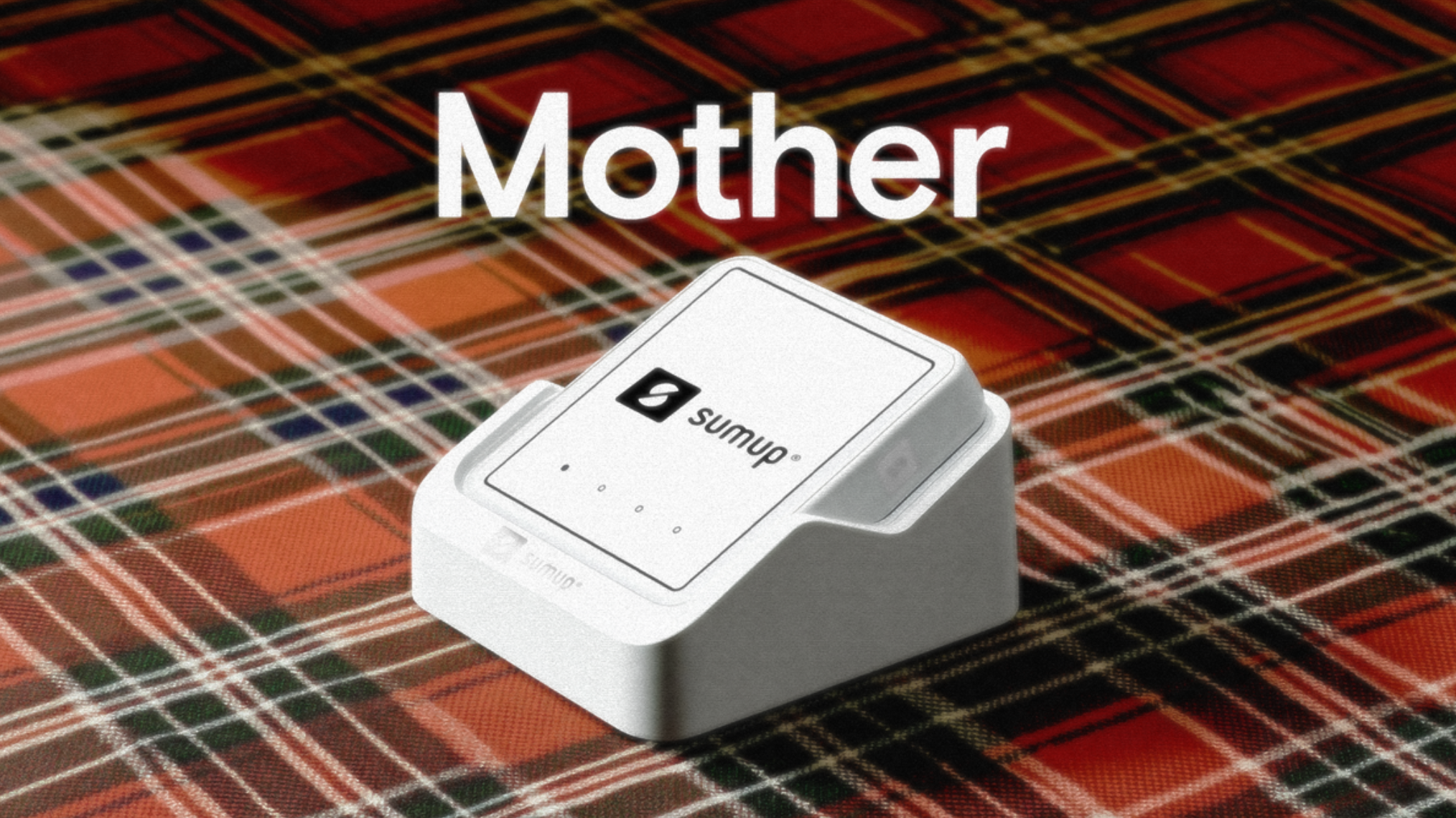






![How To Drive More Conversions With Fewer Clicks [MozCon 2025 Speaker Series]](https://moz.com/images/blog/banners/Mozcon2025_SpeakerBlogHeader_1180x400_RebeccaJackson_London.png?auto=compress,format&fit=crop&dm=1750097440&s=282171eb79ac511caa72821d69580a6e#)

![Brand and SEO Sitting on a Tree: K-I-S-S-I-N-G [Mozcon 2025 Speaker Series]](https://moz.com/images/blog/banners/Mozcon2025_SpeakerBlogHeader_1180x400_LidiaInfante_London.png?auto=compress,format&fit=crop&dm=1749465874&s=56275e60eb1f4363767c42d318c4ef4a#)



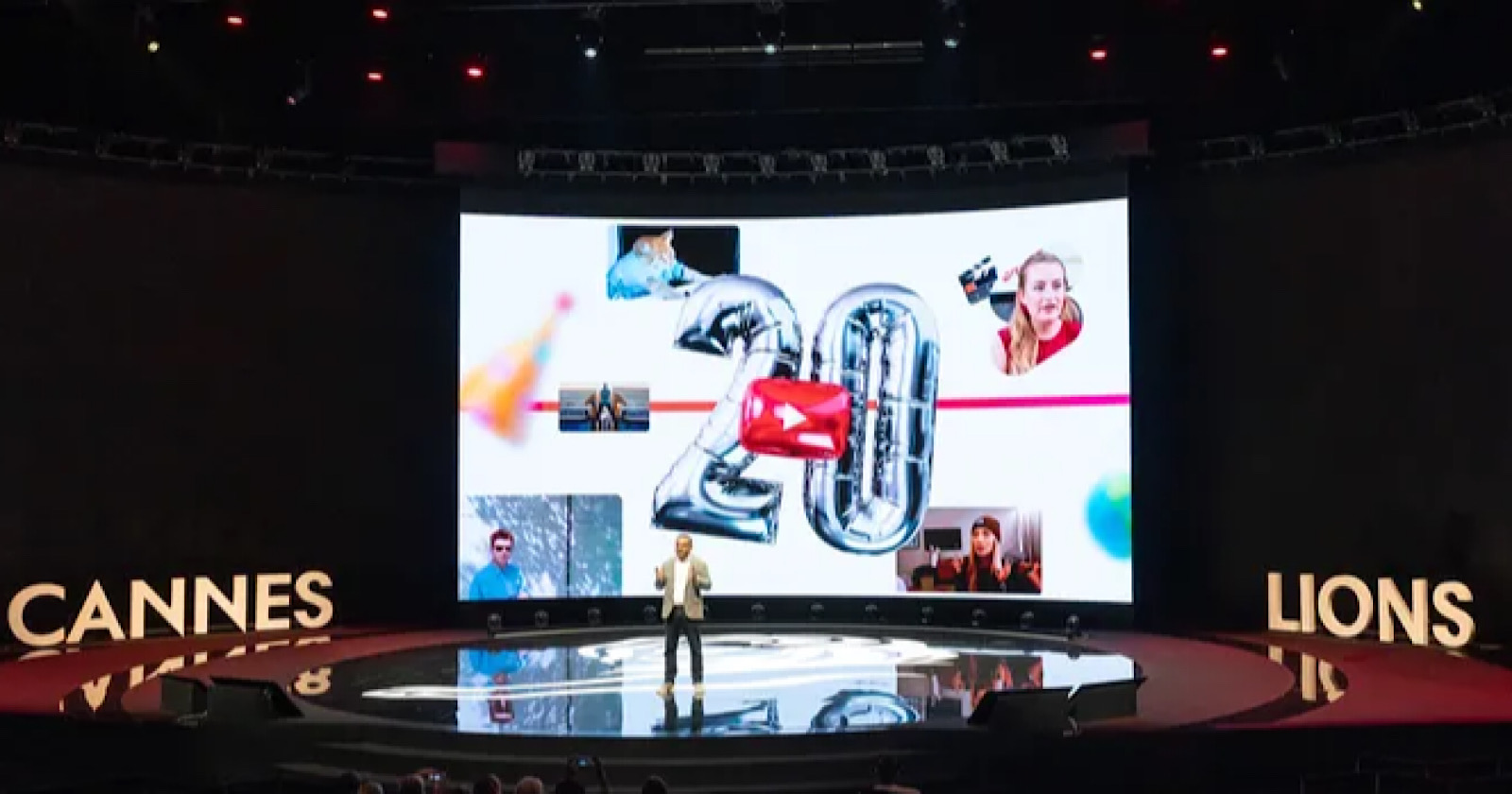





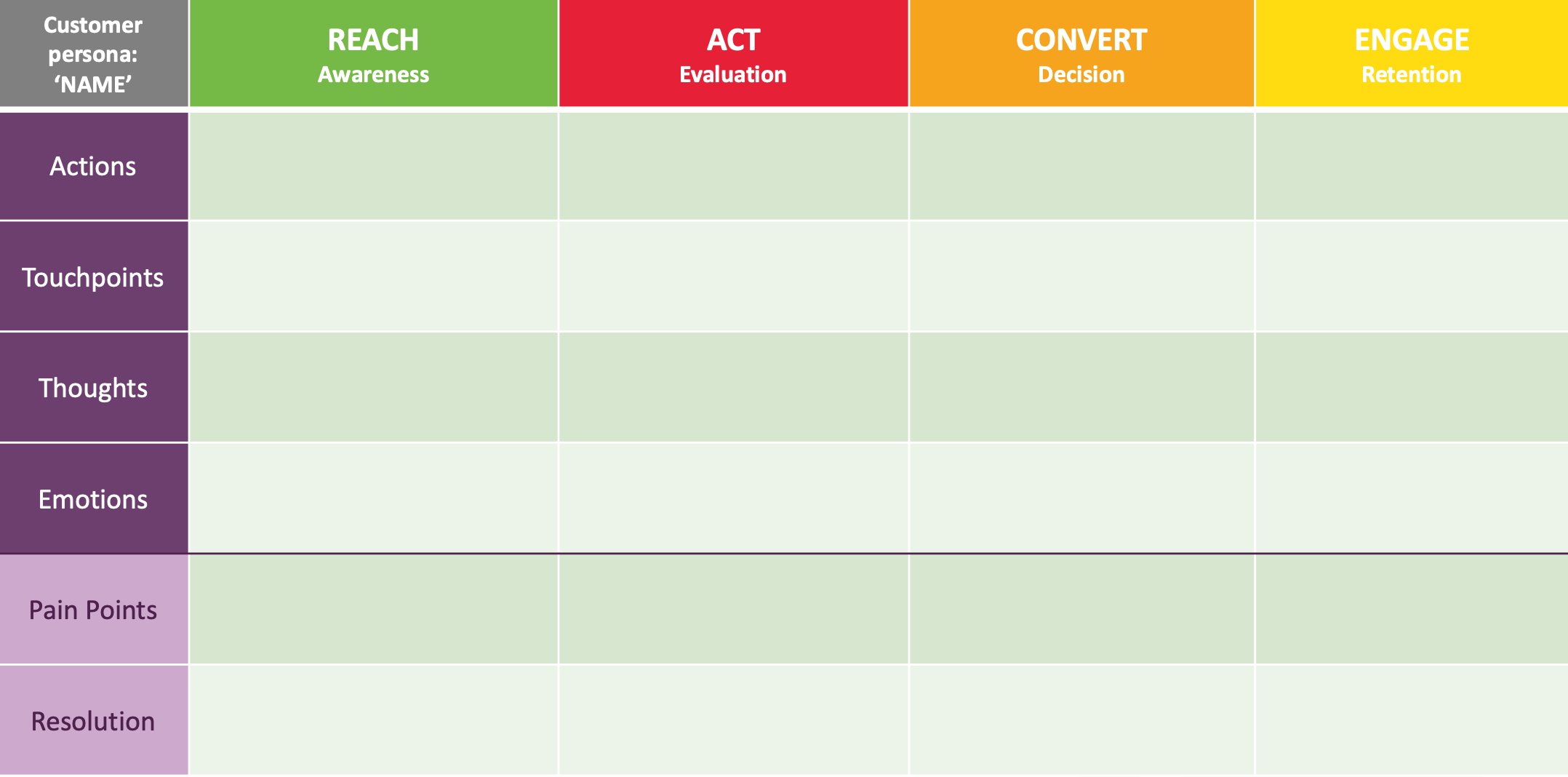


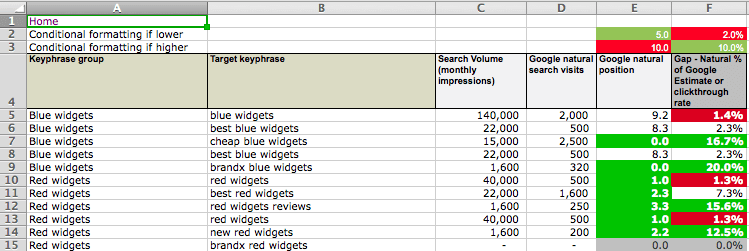












![The 11 Best Landing Page Builder Software Tools [2025]](https://www.growthmarketingpro.com/wp-content/uploads/2024/04/best-landing-page-software-hero-image-1024x618.png?#)


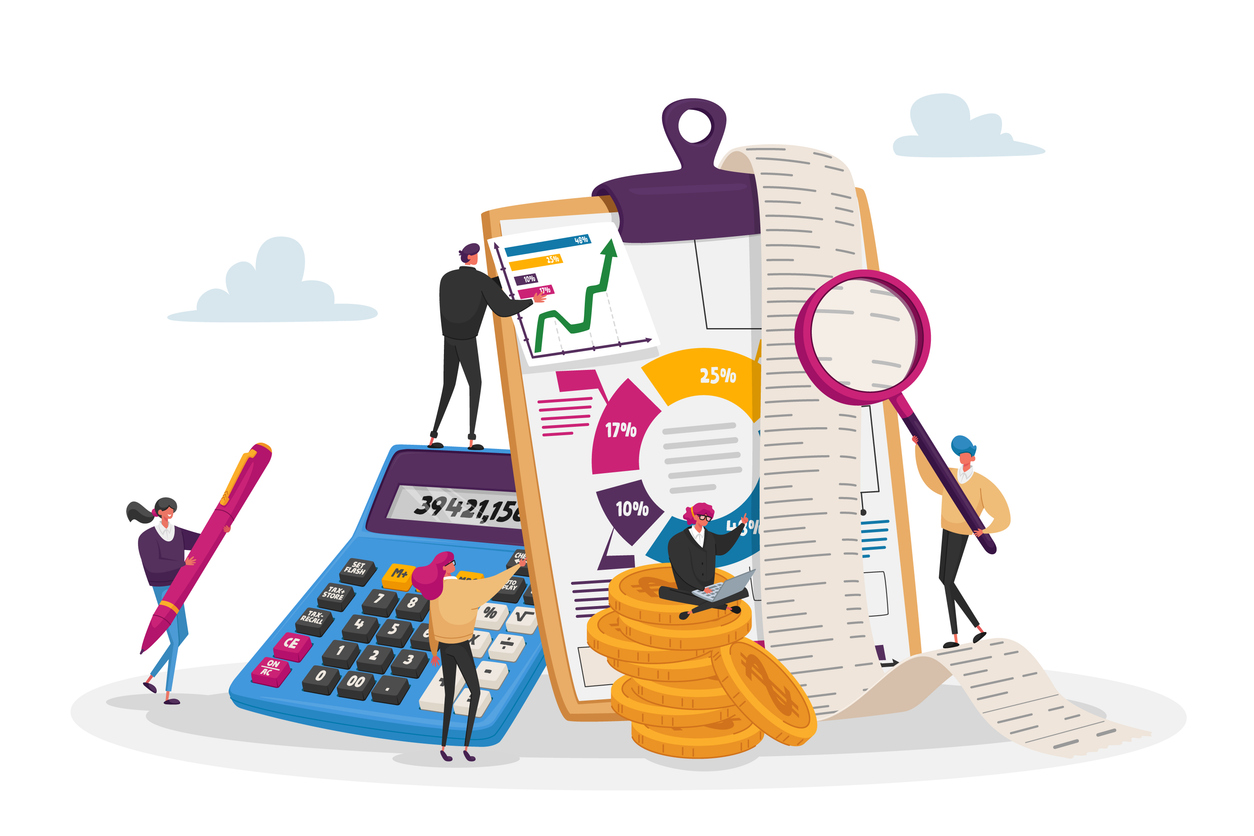































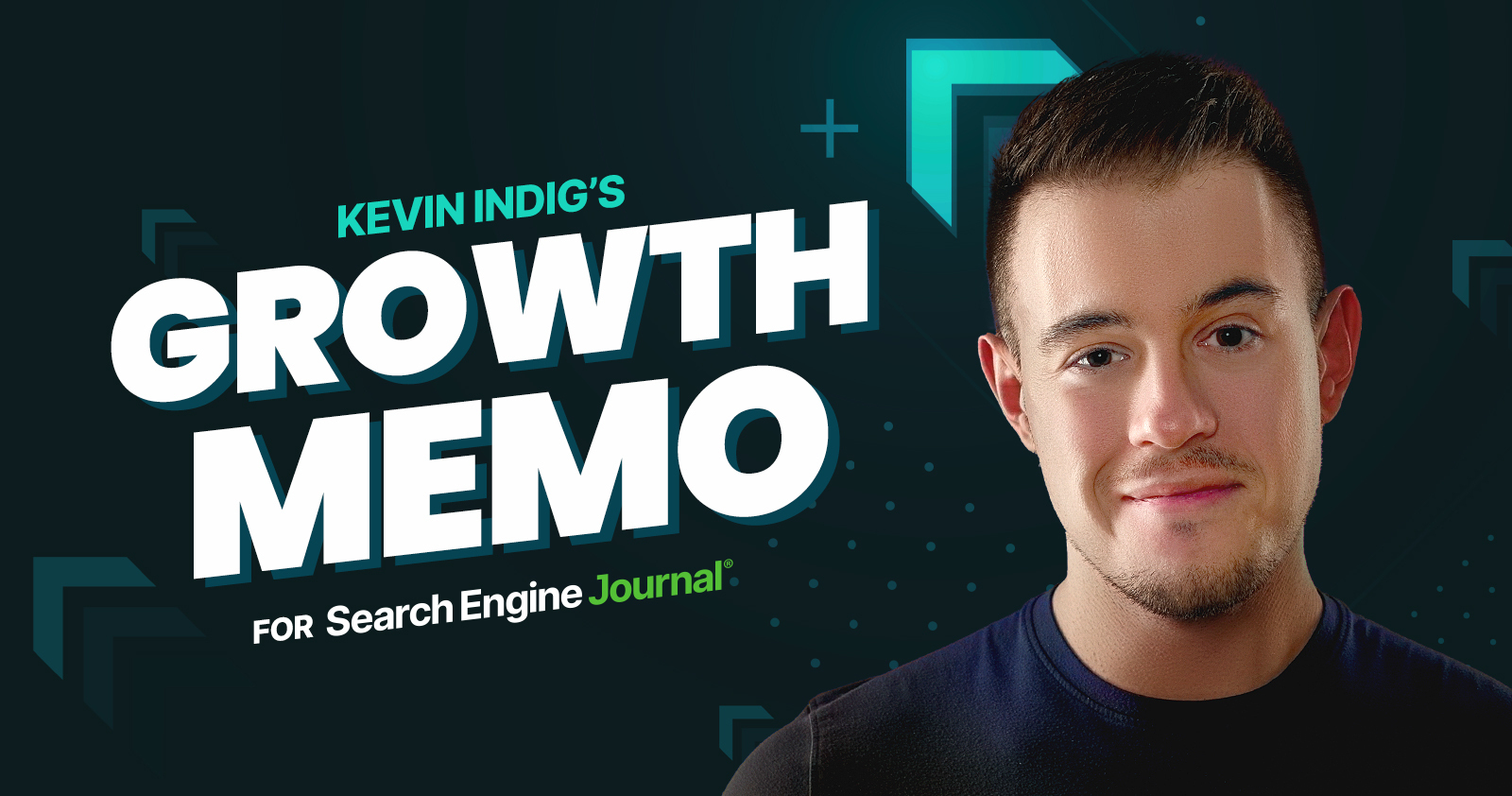

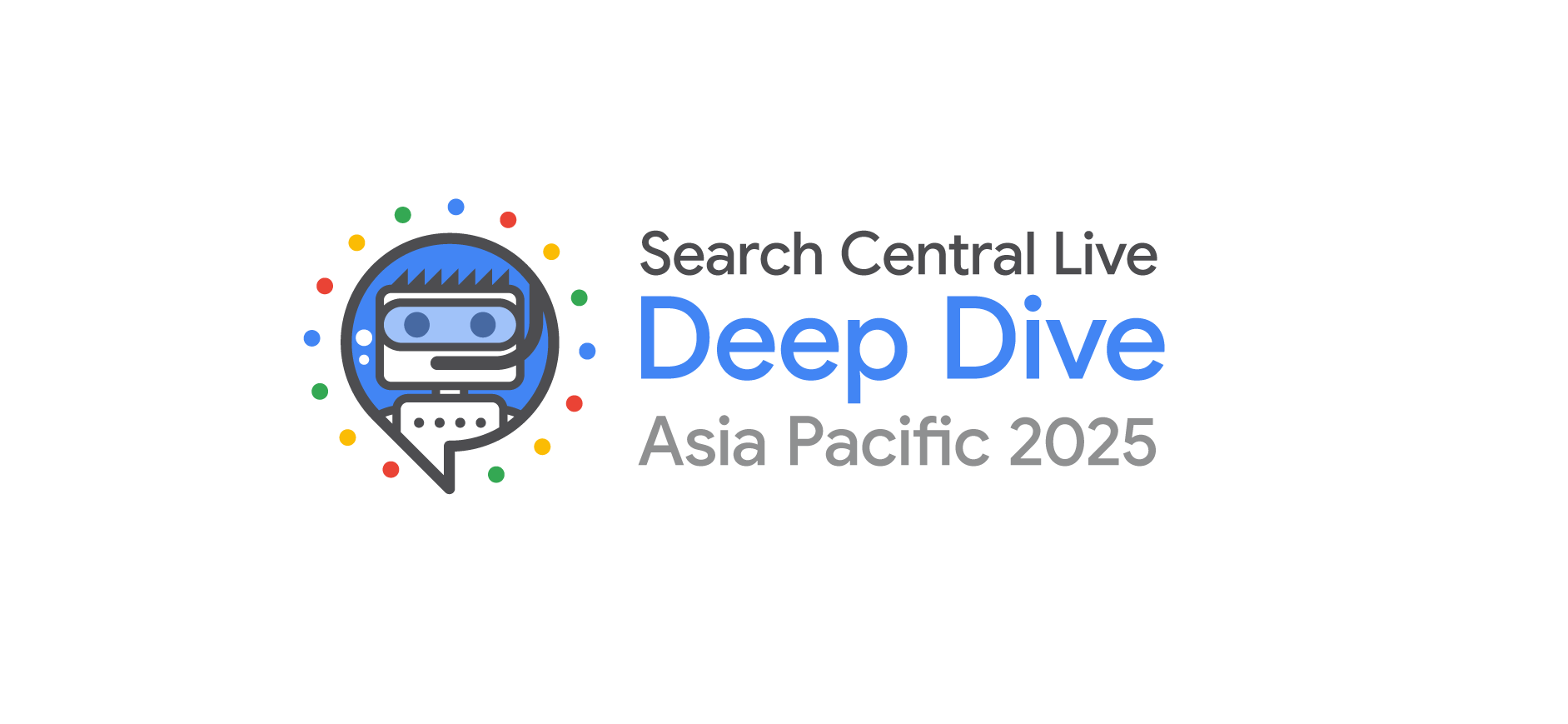


![How to Create an SEO Forecast [Free Template Included] — Whiteboard Friday](https://moz.com/images/blog/banners/WBF-SEOForecasting-Blog_Header.png?auto=compress,format&fit=crop&dm=1694010279&s=318ed1d453ed4f230e8e4b50ecee5417#)

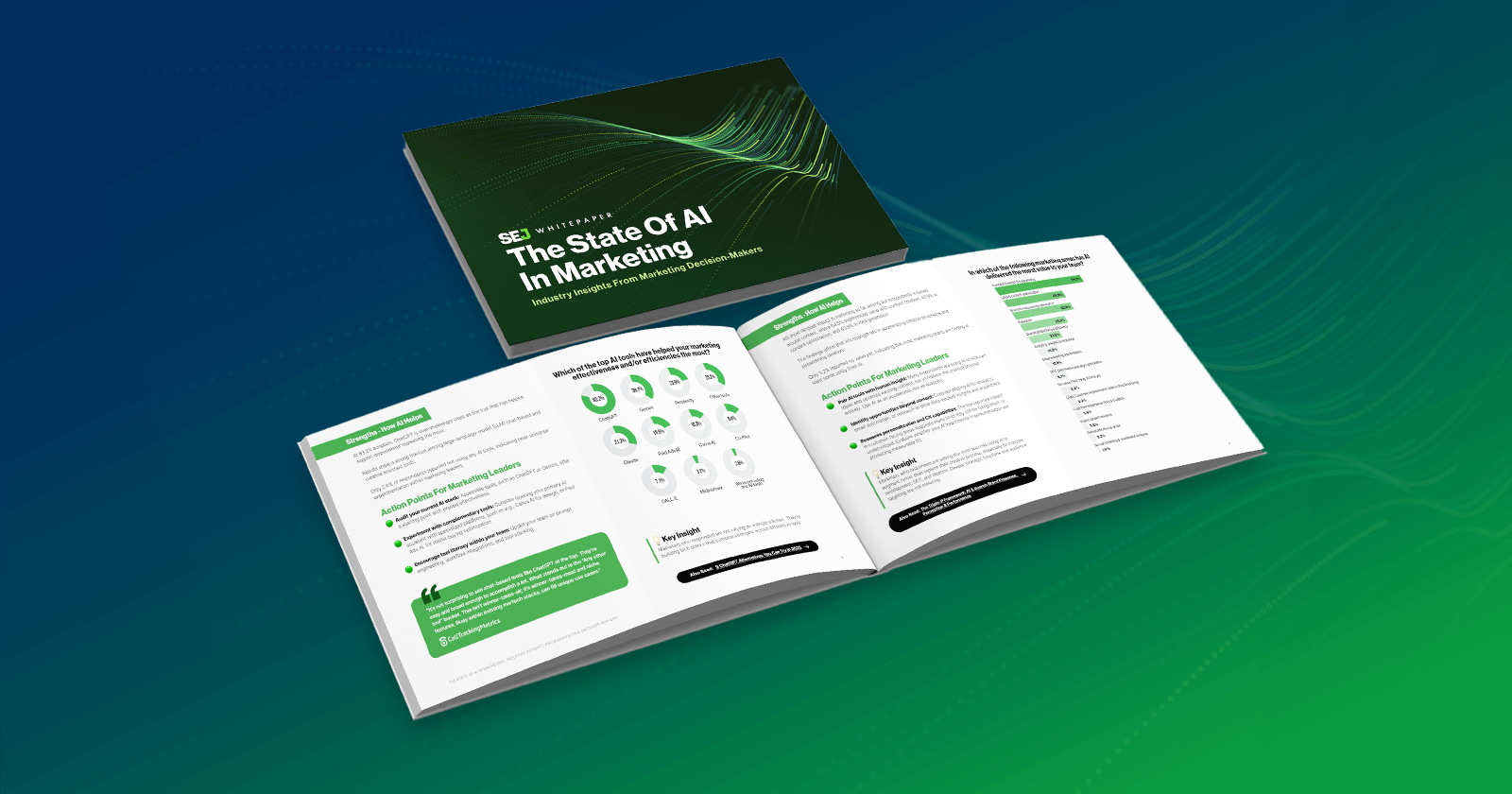


![What Is a Markup Language? [+ 7 Examples]](https://static.semrush.com/blog/uploads/media/82/c8/82c85ebca40c95d539cf4b766c9b98f8/markup-language-sm.png)



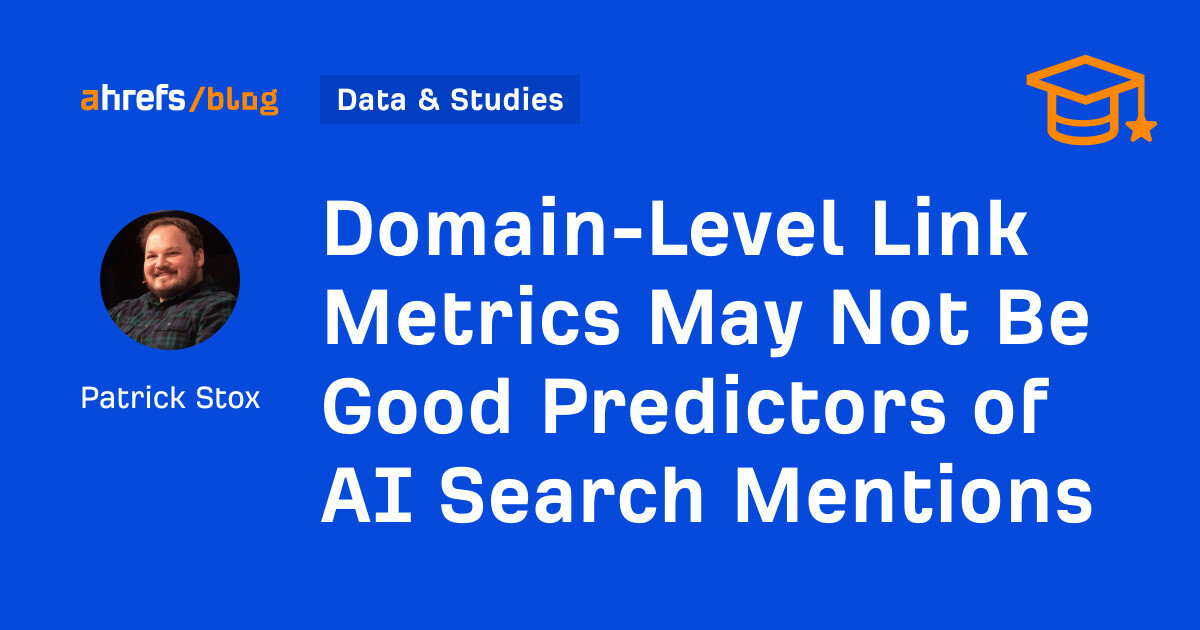
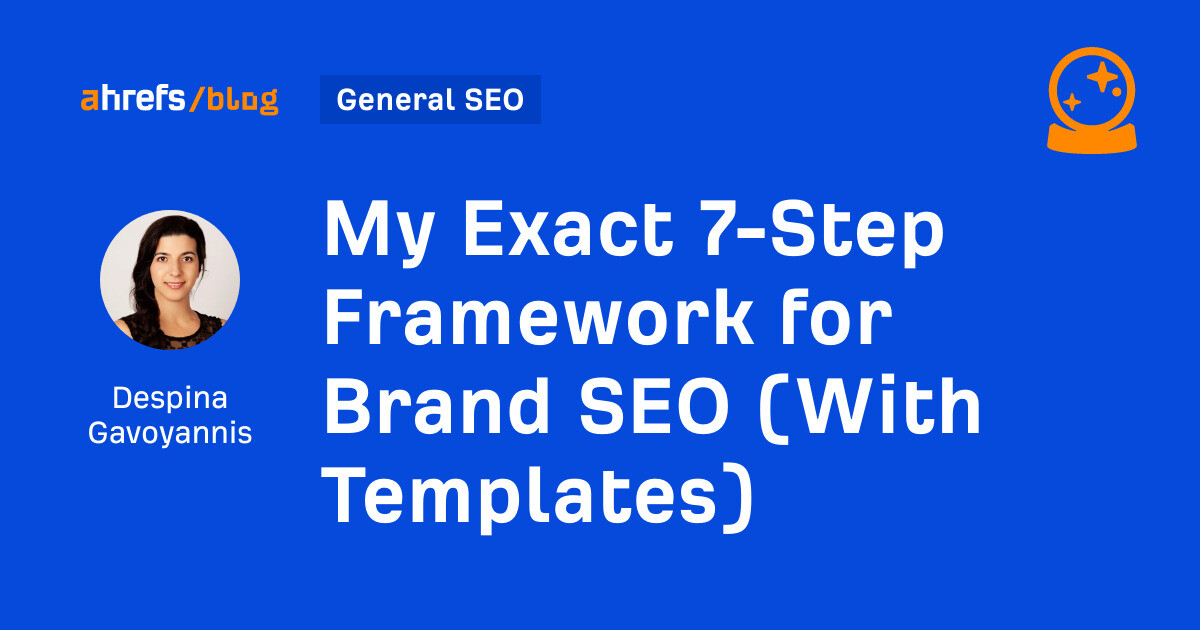

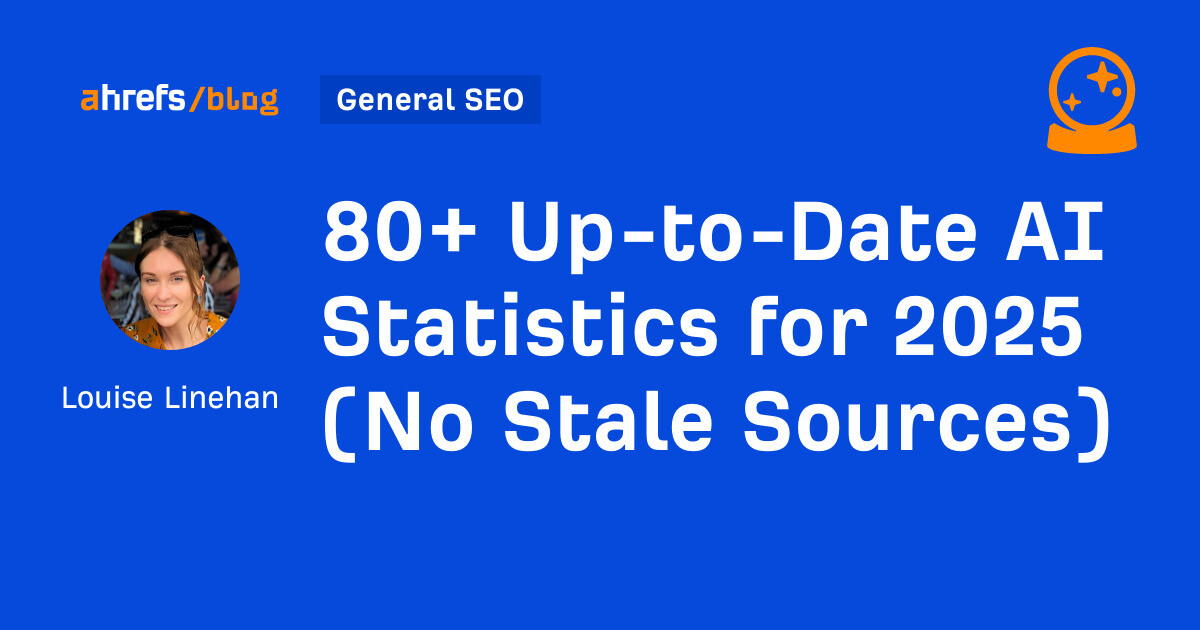
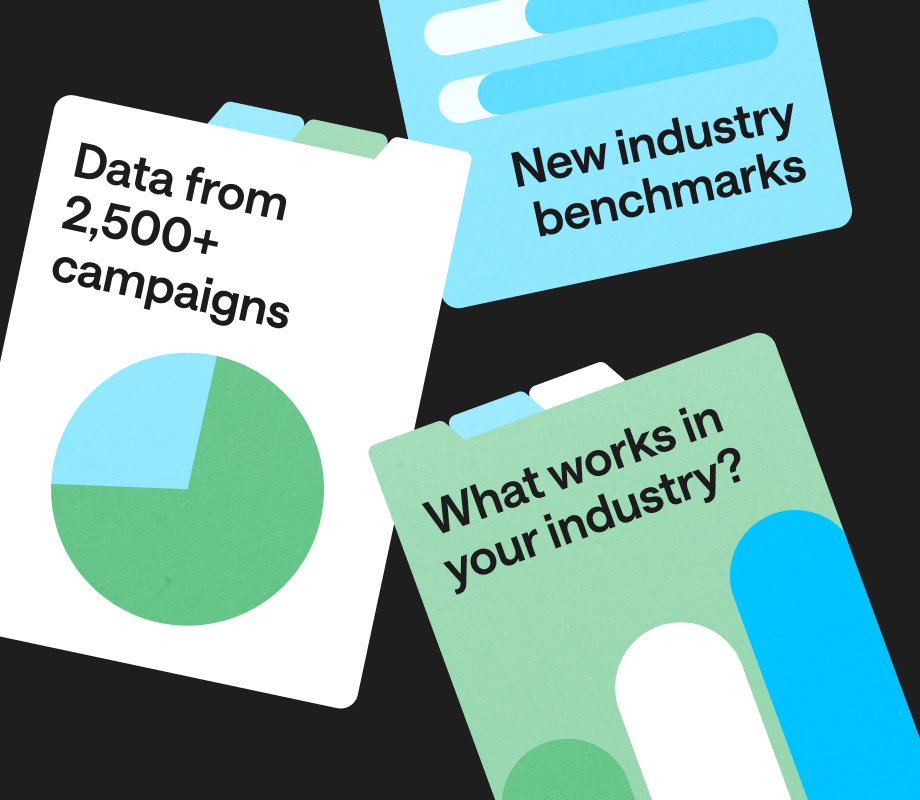

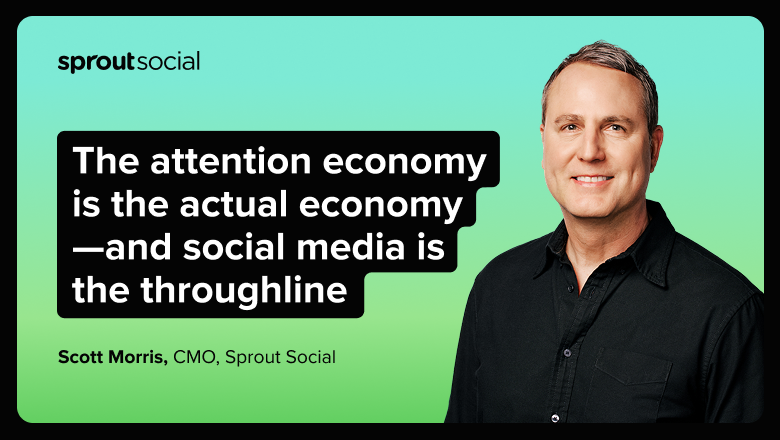
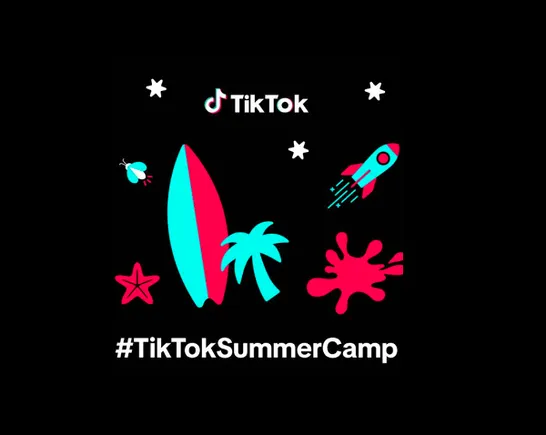

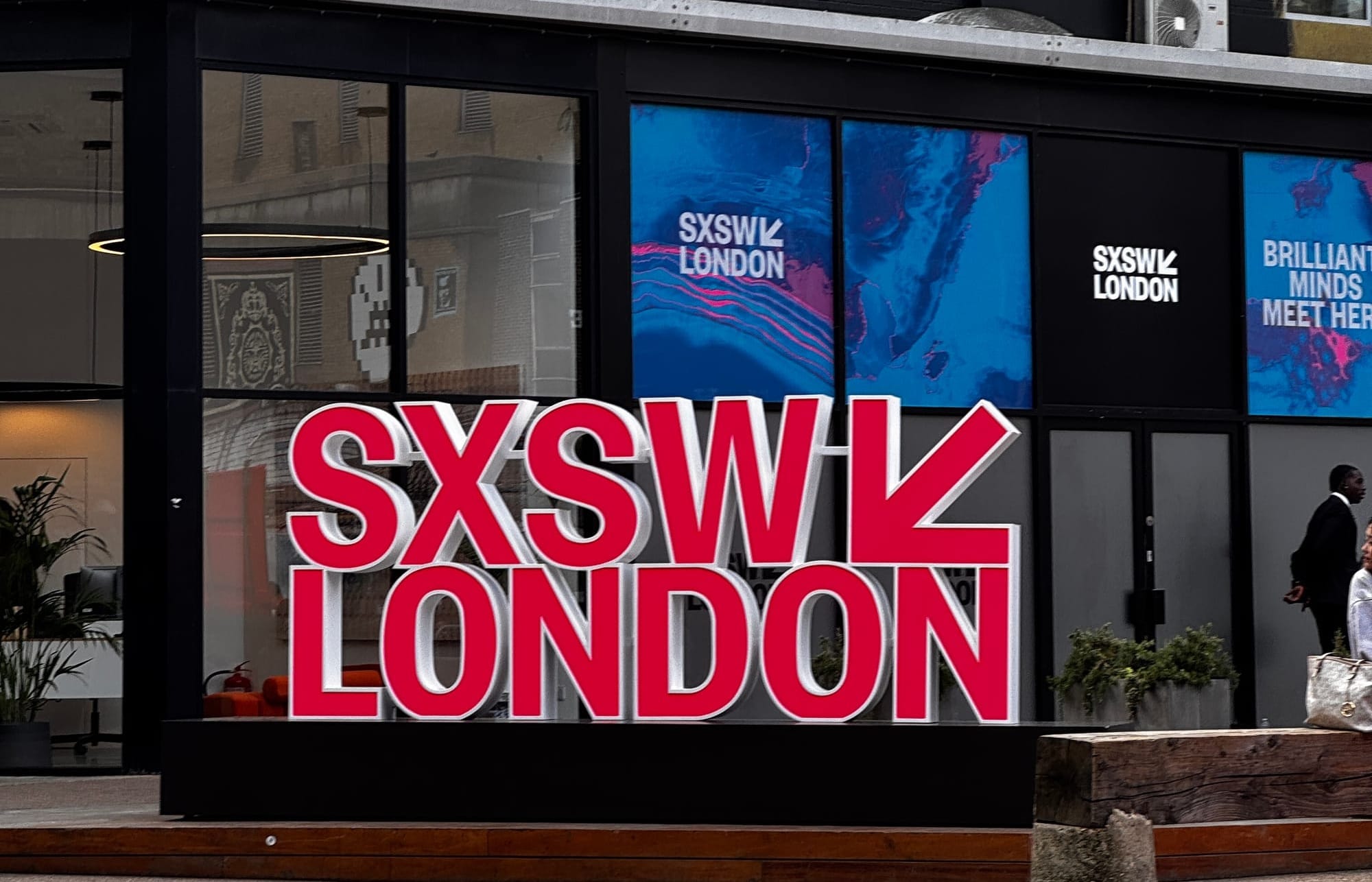






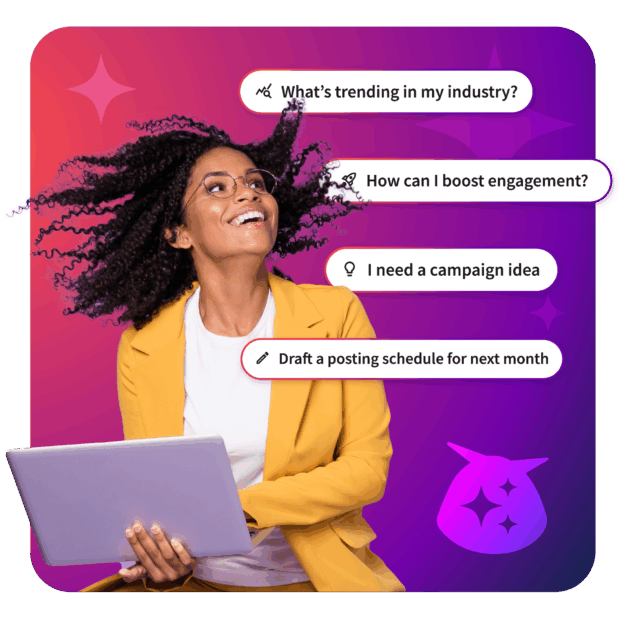
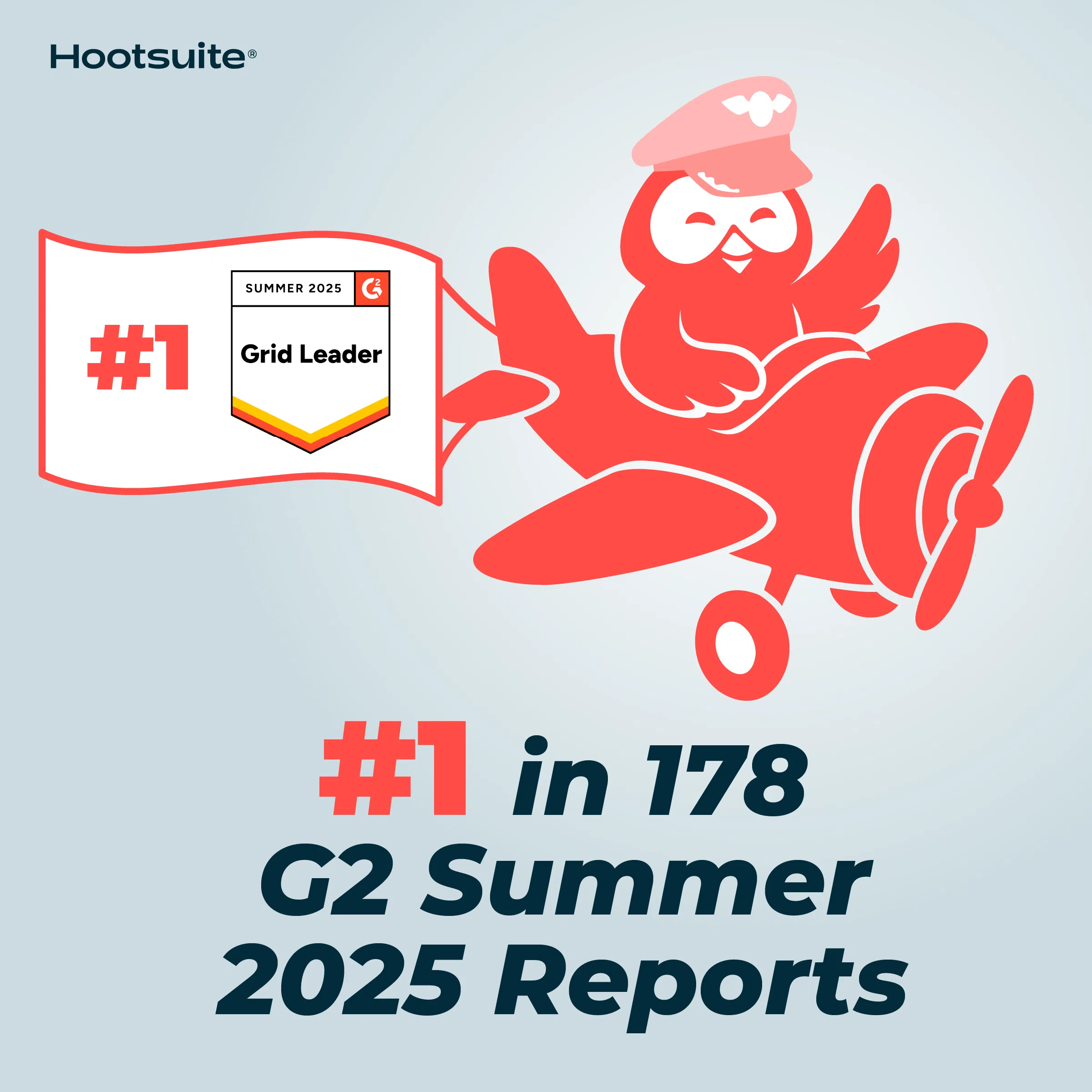






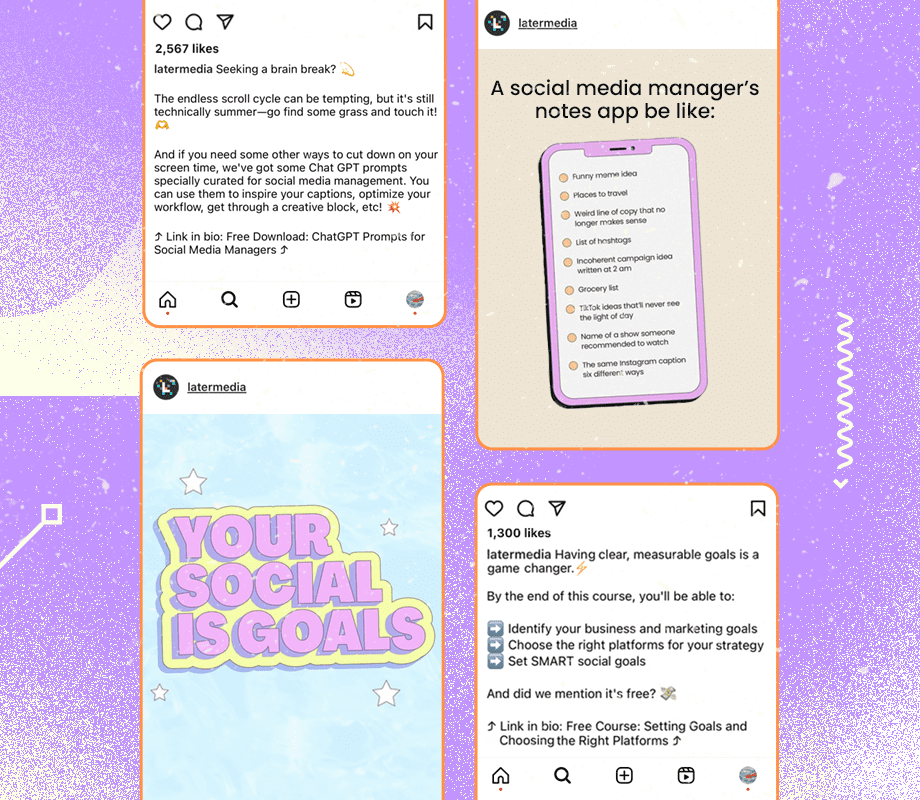










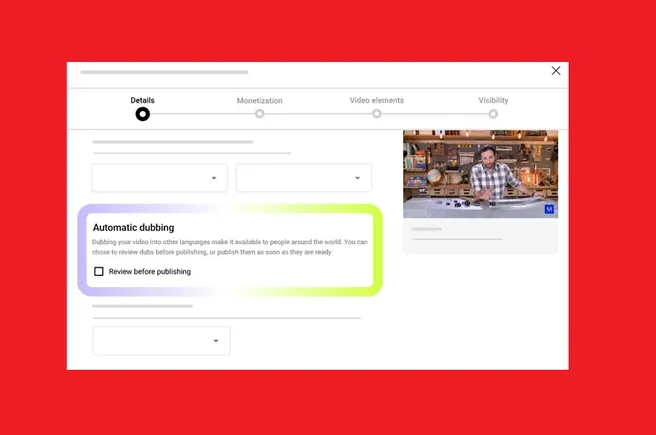

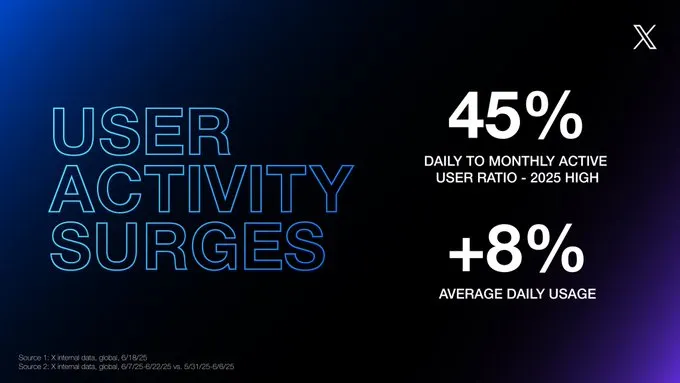

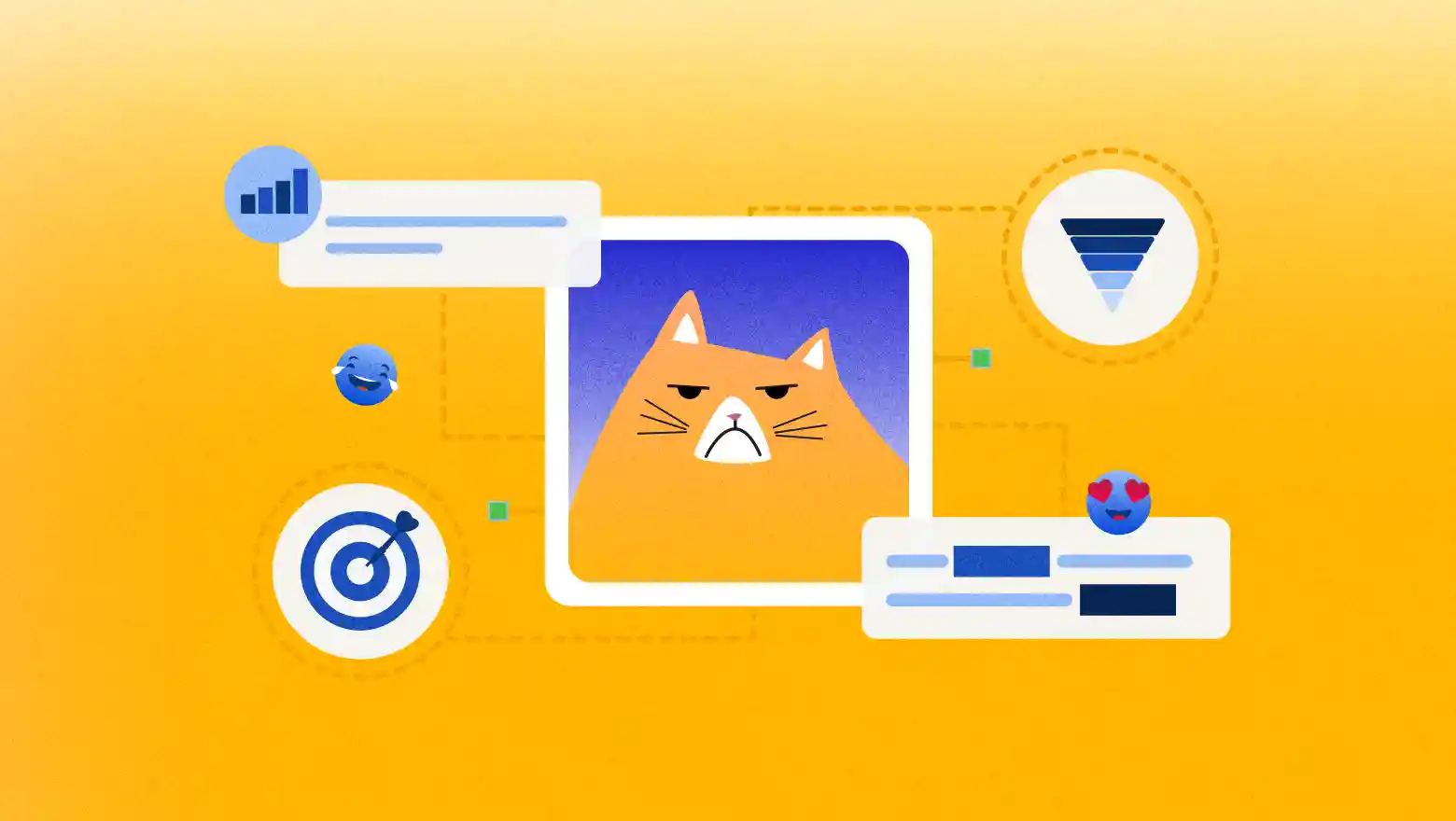

![Download Now: The 2025 State of Social Media Trends [Free Report]](https://no-cache.hubspot.com/cta/default/53/3dc1dfd9-2cb4-4498-8c57-19dbb5671820.png)


